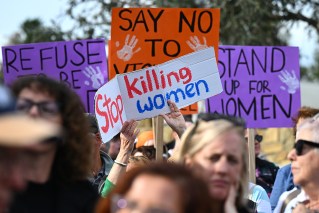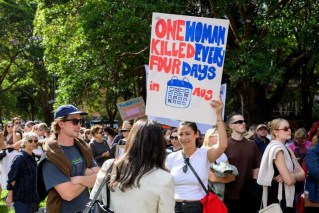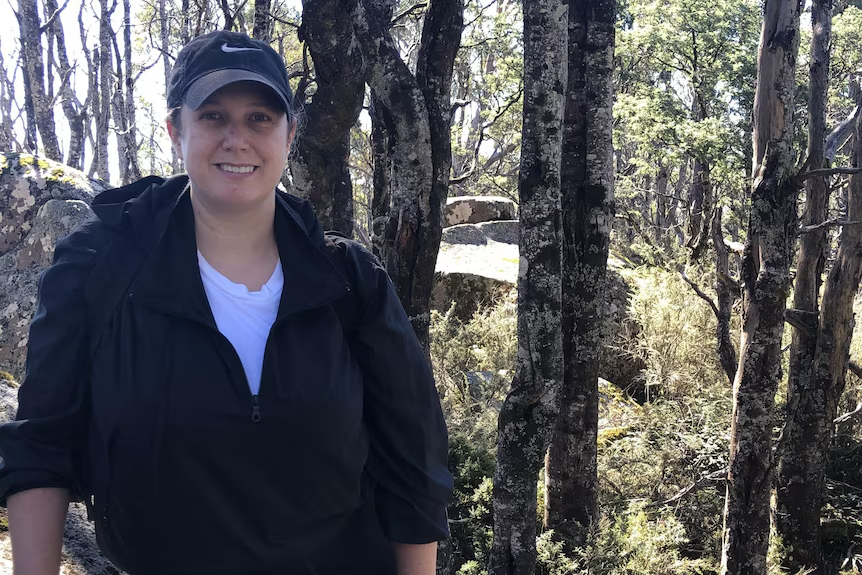Survey reveals Australia’s most liveable neighbourhoods


Place Score's 2023 Australia Liveability Census surveyed more than 25,000 people. Photo: Getty
A new survey has revealed not only the most ‘liveable’ local government areas and neighbourhoods, but also the growing inequity around Australia based on access to amenities and services.
The 2023 Liveability Census from Place Score examined what Australians around the country value in their local area after 25,830 people rated their neighbourhoods on 50 different aspects, from being welcoming to all people, connectivity and the natural environment to local businesses, urban design and local history.
Billie Giles-Corti, distinguished professor at RMIT’s Centre for Urban Research, said liveability is normally defined as if a place is safe and socially cohesive.
“Is it environmentally sustainable? Does it have affordable housing that is linked by walking, cycling, public transport, infrastructure and everything you need for daily living?” she said.
“That’s our team’s definition of liveability and in a way, even though that’s not articulated in this survey, that’s what they’re asking people.”
The city of Subiaco in Perth, Lane Cove Council and municipality Hunters Hill in New South Wales and the City of Boroondara in Victoria scored the highest across the categories, making them the most liveable local council areas in the country by the survey’s standards.
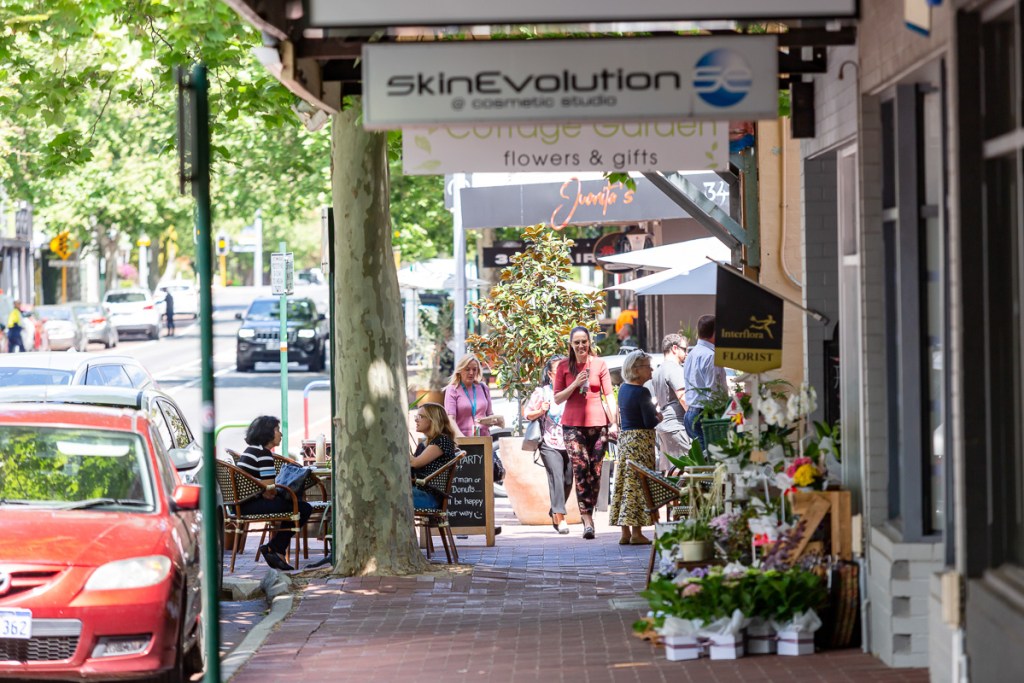
The city of Subiaco ranked as the most liveable area in Australia. Photo: City of Subiaco
The survey also highlighted the differences between the values of young respondents and those over 64 years old, with people aged 25 and under stating things to do in the evening, local employment opportunities, range of housing prices and tenure, connectivity and sustainable behaviours in the community mattering to them at a significantly higher rate.
Inequity
Eighty two per cent of responders reported feeling generally satisfied with local liveability, however, not all communities enjoyed the same advantages.
Giles-Corti said there “is an incredible amount of inequity in our cities”.
“Some people live in neighbourhoods that are very rich in amenities, particularly when they live in inner suburbs of cities or the middle suburbs,” she said.
“We wouldn’t build a community without water and sanitation, and I can’t see why we think it’s OK that people will live for maybe a decade, or children grow up, without access to everything they need.”
State-wide results found the Northern Territory scored lowest, while Victoria and South Australia scored the equal highest, with Indigenous people and women rating their liveability consistently lower.
Giles-Corti said it costs about $800 million per suburb to ensure it has high liveability standards.
“It’s the schools, it’s the GP surgery and it’s everything you need to be having in these suburban areas,” she said.
“If you’re spending all your time in your car, it is unhealthy living and it isn’t sustainable living.”
Elements of the natural environment remained the most important value, while connectivity was particularly important to young people.
Mental health
Mohammad Jameel Baig, a data analyst and software developer at Place Score, found that local government areas where more than 90 per cent of residents reported a positive mental well-being generally scored highly on liveability in the survey.
Giles-Corti said how liveable an area is can affect mental health.
“There’s a lot of evidence around if people have access to green space, that is protective of mental health,” she said.
“People who have access to green space and green canopy are less likely to have cardio-metabolic risk factors and even less likely to have dementia.”
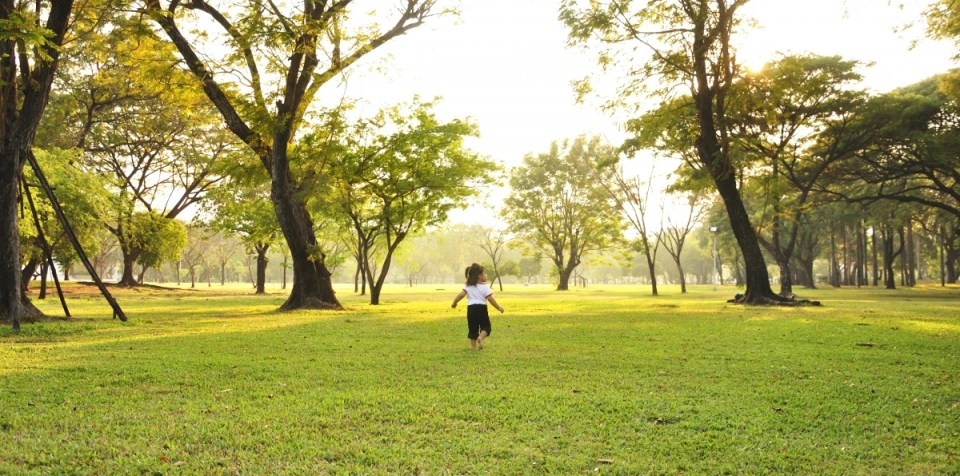
Access to green spaces has been found to be beneficial for mental and physical health. Photo: Getty
Young people reported significantly worse mental health in the survey compared to their older cohorts, with 57 per cent of people under 25 reporting good or better mental health compared to 92 per cent of over 64-year-olds.
Place Score has been collecting neighbourhood liveability data since 2016 and conducted its first national liveability census in 2021.
Nationally, liveability fell one point compared to the 2022 survey.

